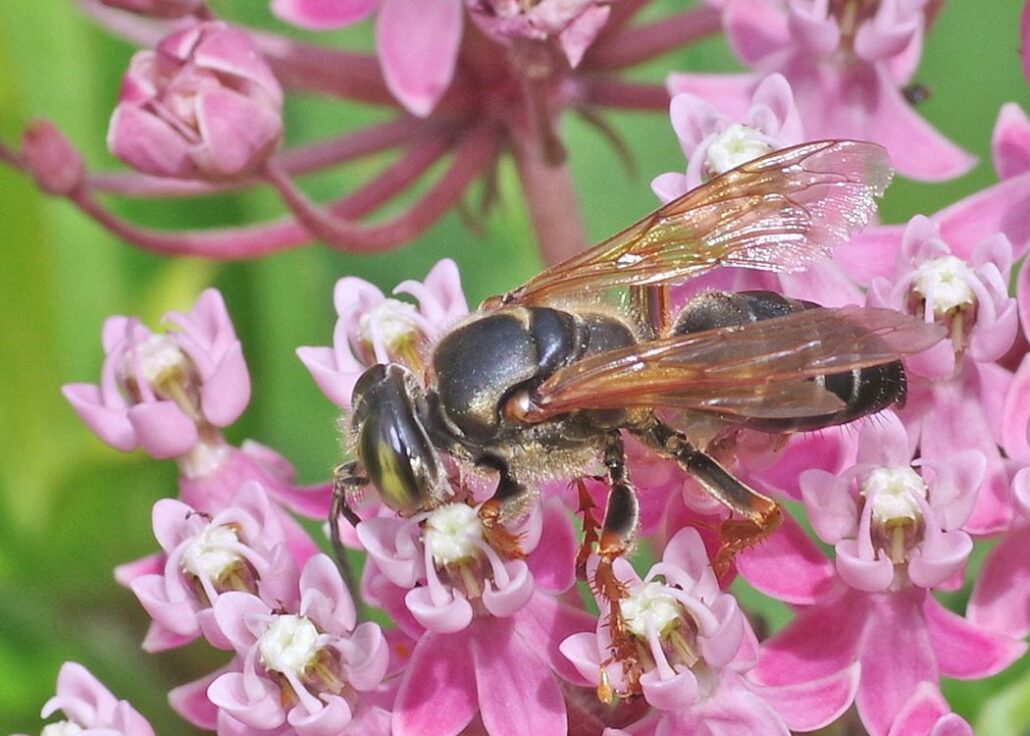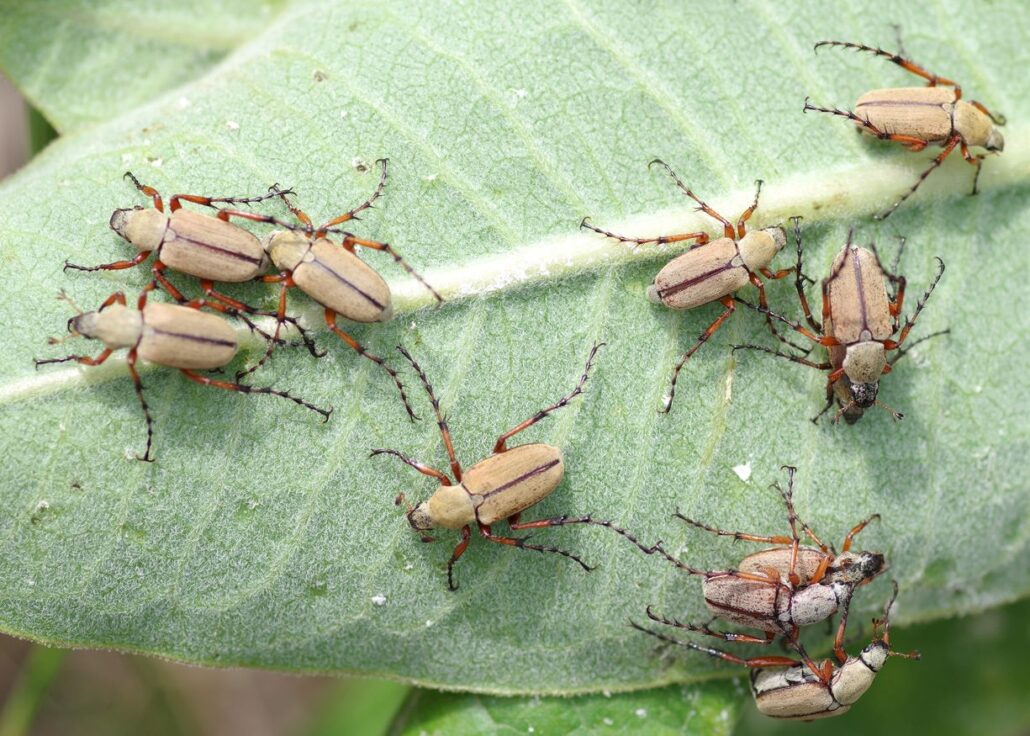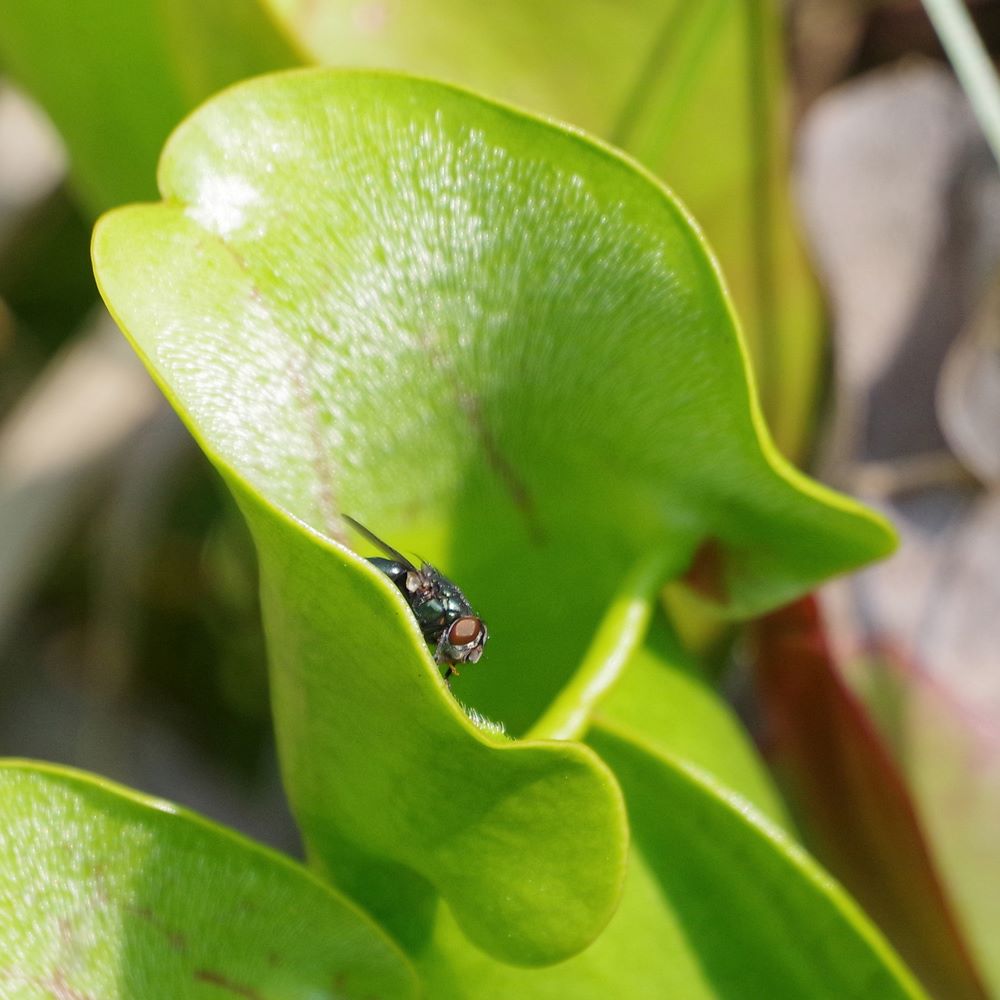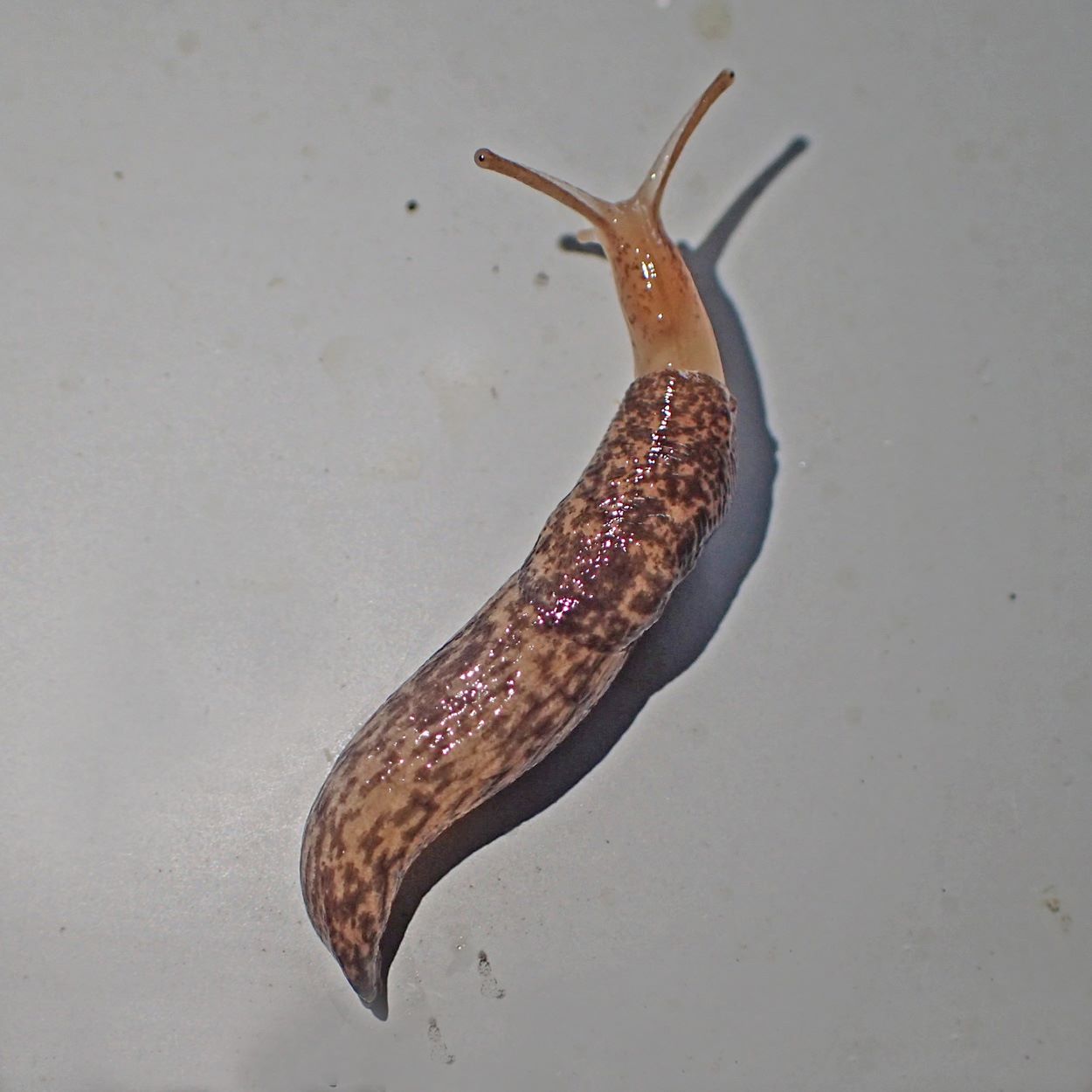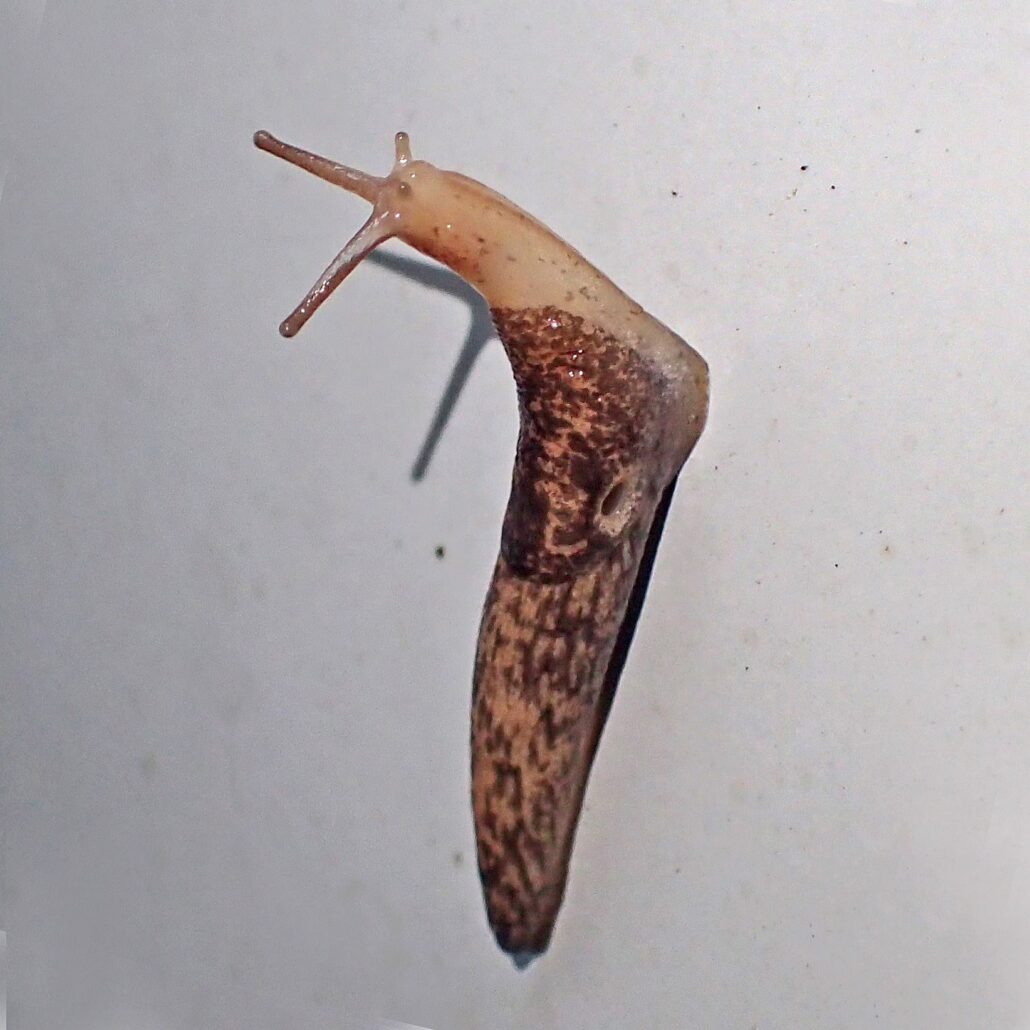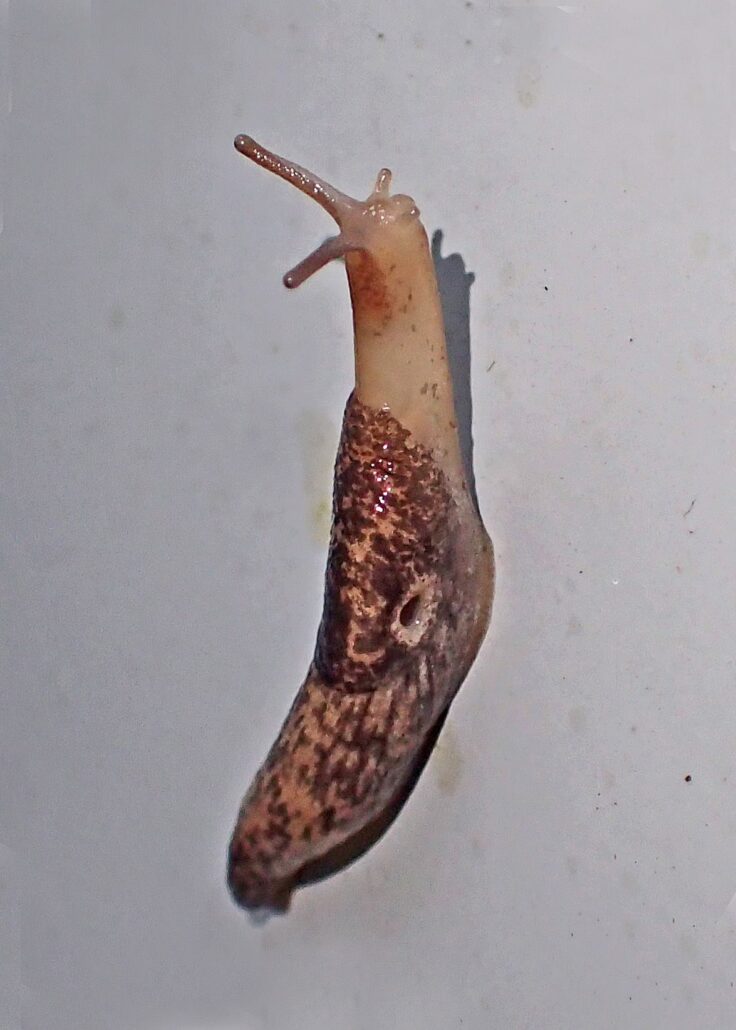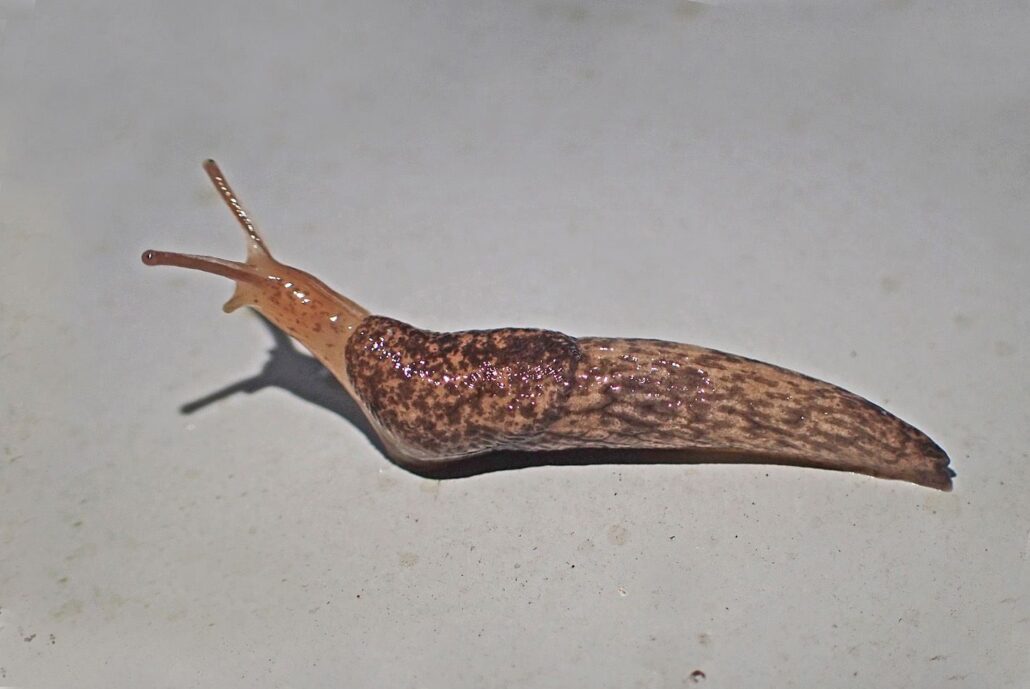
by Kate Redmond
Bug o’the Week Euderces picipes Beetle
Greetings, BugFans,
When the BugLady saw these two tiny (5mm/¼”), black insects on a flower, her first thought was “ants,” followed immediately by a mental head slap. They were piggyback – worker ants don’t do that, and royal ants have wings, and males are way smaller than females. A (much) closer look revealed two long-horned beetles, Family Cerambycidae.
The Cerambycids (aka the longicorns, borers, girdlers, sawyers, or timber beetles) are a large group of beetles (1,000 species in North America; 30,000 worldwide). Some are spectacular https://bugguide.net/node/view/1767144/bgimage, https://bugguide.net/node/view/2247879/bgimage, https://bugguide.net/node/view/226098/bgimage,; some are humble – https://bugguide.net/node/view/119390/bgpage, https://bugguide.net/node/view/1285181/bgpage,; some are just odd – https://bugguide.net/node/view/1472921/bgimage, https://bugguide.net/node/view/2198732/bgimage, https://bugguide.net/node/view/1569423/bgimage; and at least one species graces a Wanted Poster – the large, non-native Asian Longhorned beetle that’s been threatening our hardwoods since 1996 https://bugguide.net/node/view/631192/bgimage. A number of native species are also persona non grata, especially with the lumber industry.
Many (but not all) Cerambycids have long antennae (“horns”) – some spectacularly long https://bugguide.net/node/view/2119609/bgimage.
Cerambycid larvae are often called round headed borers, and it’s the “borer” part that gets them in trouble. They feed on the tissue within the stems, trunks, and roots of plants (woody and herbaceous). Depending on the species, they may (or may not) wait for a tree to be compromised and bore into dead or dying wood – they are part of the recycling process. They may be found in untreated lumber which, if it’s part of your house, you may not be ready to recycle yet. Female Cerambycids locate the correct host species for their offspring by analyzing the chemical signatures of plants, and some damage trees by girdling twigs while they’re ovipositing. Adults variously eat sap, nectar, pollen, fruit, fungi, foliage, and bark, or nothing at all.
The star of today’s show represents a tiny drop in the great Cerambycid bucket – there are only four species in the genus Euderces in North America (60 total), and bugguide.net calls them “among the smallest of our longhorns.”
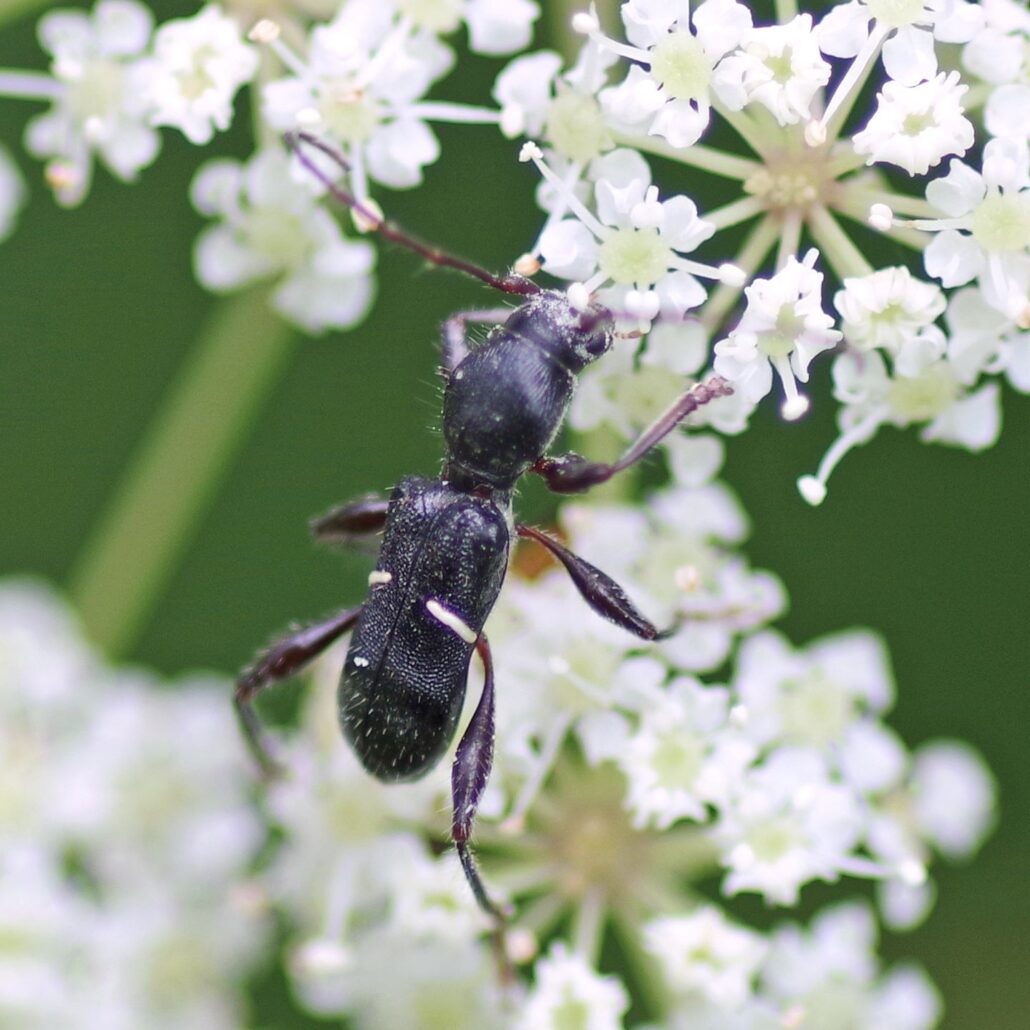
EUDERCES PICIPES (no common name) is found in the first half of summer, east of the Great Plains. Its larvae feed under the bark of hickory, black walnut, oak, elm, dogwood, and locust branches. According to the excellent Illinois Wildflowers website, adults are found on flowers in the aster, sumac (cashew), carrot, holly, honeysuckle, mint, rose, greenbriar, and buckthorn families, and many of the bugguide.net pictures show them on white flowers.
Along with the black morph beetles that the BugLady saw, Euderces picipes also comes in red https://bugguide.net/node/view/2047840/bgimage. The black morph is more common in the northern part of its range, and the red is more common in the south. Both colors are found in transition zones, and mixed pairs can be seen piggyback. Apparently, they know who they are.
Many of the species in the genus Euderces and in their tribe, Tillomorphini, are ant mimics, but ant mimicry (myrmecophily, pronounced myr’ me coph’ i ly) is not limited to beetles – spiders do it https://en.wikipedia.org/wiki/Ant_mimicry#/media/File:Ant_and_jumping_spider_Gorongosa_National_Park,_Mozambique.jpg and crickets https://en.wikipedia.org/wiki/Ant_mimicry#/media/File:Macroxiphus_sp_cricket.jpg, and so do other arthropods. There are even ants that mimic other ants, though scientists aren’t sure why.
There are several reasons why it might be beneficial to look like an ant. One reason is to eat, and another is to avoid being eaten. Besides its morphology (size, shape, structure), an insect or spider that wants to insert itself among the ants in order to eat them (aggressive mimicry) must also act and smell like an ant (or, at least, not like a spider). An ant mimic that wants to avoid being eaten (protective mimicry) is taking advantage of ants’ reputation for protecting themselves by biting, stinging, formic acid, or all of the above, as well as for having an anthill full of sister ants that are always on call in an emergency (all of which the BugLady learned at an early age). Not many organisms mess with ants.
Especially not the BugLady.
Kate Redmond, The BugLady
Bug of the Week archives:
http://uwm.edu/field-station/category/bug-of-the-week/


















